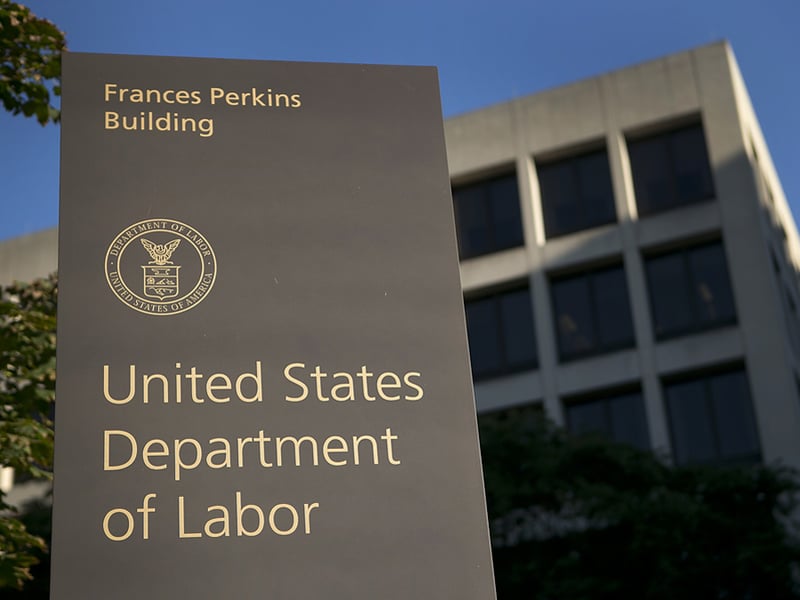

The US labor market added 139,000 jobs in May, narrowly exceeding economist expectations and reinforcing a picture of modest but steady employment growth.
While job creation slowed slightly from April’s revised total, the figures suggest enough momentum to keep the Federal Reserve in a holding pattern on interest rates.
The Friday morning data report from the Bureau of Labor Statistics showed nonfarm payrolls growing in line with the 12-month average of 149,000. The unemployment rate held at 4.2% in May. Hiring remained strong in health care, hospitality and social assistance, while federal government employment fell by 22,000 and has dropped 59,000 since January.
Federal jobs have been a point of focus, with analysts and observers alike keeping tabs on how the downsizing wave driven by the Department of Government Efficiency could reverberate into the broader economy.
Wages advanced steadily, with average hourly earnings up $0.15, or 0.4%, to $36.24. Over the past year, wages have climbed 3.9%. Private-sector production and nonsupervisory workers saw similar growth, with pay rising 0.4% to $31.18.
Still, the overall picture was tempered by downward revisions to prior months. March and April’s job gains were cut by a combined 95,000, suggesting less strength than initially reported and adding complexity to policymakers’ view of the economy.
“A solid jobs report offers some relief after concerns brewed over data releases earlier this week,” Adam Hetts, global head of multi-asset at Janus Henderson Investors, said in reaction to the May job numbers. “However, the slight beat on payrolls and earnings is partially offset by 95k in downward revisions. Good news is good news today although tariff uncertainty remains, making subsequent hard data releases over the summer extremely important for clarity on the post-Liberation Day economy.”
The mixed signals in the data gives the Federal Reserve little incentive to let go of its long-held wait-and-see stance at its next policy meeting on June 17-18. With inflation still above its 2% goal and employment conditions steady, Fed officials have indicated little urgency to adjust rates.
“Today’s jobs report should bring relief to investors who are worried about a breakdown in the labor market,” said Bret Kenwell, investment analyst at eToro. “While it may not be firing on all cylinders, it’s far from showing signs of a major breakdown.”
Earlier in the week, labor market data painted a more fragile picture, including weak private payrolls and a rise in unemployment claims. May’s figures, however, help balance the outlook.
“May’s jobs report showed continued resilience for the labor market as the bite from tariffs began to impact the US economy,” said Josh Jamner, investment strategy analyst at ClearBridge Investments. He noted that steady job and wage gains are supporting overall income growth and sustaining consumption.
Futures markets now reflect reduced expectations for a rate cut in September, and longer-term yields moved higher following the release. That could cap some upside for equities, but also signals investor confidence in near-term economic conditions.
With the page turned on jobs – for now – investors are anticipating the next read on inflation to offer clues on when the Fed under Jerome Powell could be inclined to change its policy rate.
"Today’s solid labor report buys the Fed more time, but Chair Powell may have a hard time justifying a restrictive rate policy should inflation continue lower," Kenwell said.

Focus is reportedly on a three year period from 2021-2024.

But economists say inflation impact may come in lower than expected.

How fast-growing tech means higher bills for millions of Americans.

The firm is extending the use of tools to help boost productivity.

Older couples are more likely to split than in the past, stats show.
Orion's Tom Wilson on delivering coordinated, high-touch service in a world where returns alone no longer set you apart.
Barely a decade old, registered index-linked annuities have quickly surged in popularity, thanks to their unique blend of protection and growth potential—an appealing option for investors looking to chart a steadier course through today's choppy market waters, says Myles Lambert, Brighthouse Financial.
